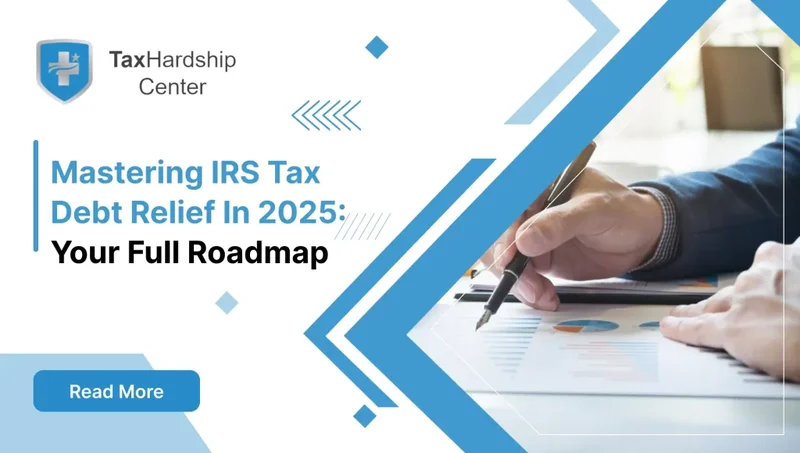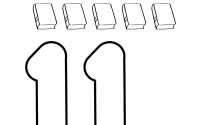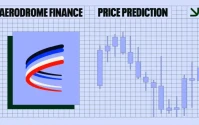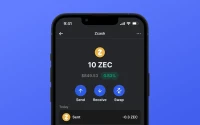The Phantom Stimulus: Why Your Hopes for a 2025 Check Are Misplaced
The digital ether is buzzing again. You’ve likely seen the headlines, splashed across social media feeds in bold, urgent fonts: "$1,702 Stimulus Check Coming in November," or perhaps it was the $2,000 variant. These figures, oddly specific and tantalizingly large, function as a form of economic clickbait, preying on a palpable sense of financial unease. As an analyst, I treat this online chatter not as news, but as a qualitative data set—a raw, unfiltered measure of public sentiment. And the data suggests a population conditioned to look to the federal government for a lifeline.
But let’s be clinical. The persistent rumors of a fourth federal stimulus check are, for all practical purposes, phantom signals. There has been no legislation passed by Congress, no announcement from the IRS, no credible mechanism for a broad-based payment of this nature in 2025. The COVID-era stimulus programs, which distributed three rounds of payments, are now firmly in the rearview mirror. The final deadline to claim the third payment—a $1,400 Recovery Rebate Credit from 2021—was April 15, 2025. That window is shut. Any unclaimed funds from that period have been absorbed back into the U.S. Treasury.
So, where is this noise coming from? It's a feedback loop of low-quality websites and social media algorithms designed to capture attention. It’s the modern equivalent of a ghost story told around a digital campfire, except the stakes are real people’s financial hopes and, unfortunately, their vulnerability to scams. The IRS itself has issued warnings about this very thing, as fraudsters leverage the confusion to phish for personal information. The search for a federal check is a hunt for a ghost.
Analyzing the Actual Payouts and Proposals
If the national stimulus is a phantom, where is the real money flowing? The answer is far less centralized and much more fragmented. We have to shift our analysis from the federal level down to the state level, where a patchwork of relief efforts is underway. Indeed, the most accurate answer to the question Are we getting a stimulus check in November? Track IRS refund, inflation payment, rebate lies in these state-specific programs. States like New York, Pennsylvania, Georgia, and Colorado have been issuing what are often called "inflation relief checks." This is a critical distinction. These are not economic stimulus payments in the classic sense; they are targeted rebates, often aimed at taxpayers or property owners to offset specific costs like higher sales or property taxes (a one-time payment, not recurring aid).
In New Jersey, for instance, the ANCHOR program is providing property tax relief of up to $1,750 for some homeowners. These are material sums, yet they don’t capture the national imagination in the same way. Why? Because they are localized, bureaucratic, and lack the simple, universal appeal of a check sent to nearly every household. Does a $400 check for a New York couple feel the same as a universally distributed $1,400 payment? Of course not. The scale and intent are fundamentally different.

This brings us to the proposals floating around Washington, which are best understood as political instruments rather than imminent policy. Senator Josh Hawley's "American Worker Rebate Act" suggests checks between $600 and $2,400. Former President Trump has floated two distinct concepts: a "tariff rebate" to return revenue from new tariffs to taxpayers, and a "DOGE dividend," a proposal to distribute savings identified by a hypothetical "Department of Government Efficiency." I've analyzed countless fiscal proposals, and the "DOGE dividend" concept is one of the more unorthodox I've encountered, blending populist appeal with a veneer of tech-bro efficiency.
But a proposal is not a payment. These ideas are currently political trial balloons, designed to gauge public reaction and signal economic priorities. They require the full, arduous process of congressional approval—a process that has shown little appetite for this kind of broad fiscal spending outside of a full-blown crisis. The discrepancy between a politician floating an idea at a summit and the legislative reality of getting it passed is enormous.
The Data Points to a Great Disconnect
Let's be perfectly clear: The conversation we should be having is not about if a fourth federal stimulus check is coming. The data overwhelmingly indicates it is not. The real story is the profound disconnect between the economic anxiety felt by millions of Americans and the fragmented, often theatrical, responses from our political institutions.
The endless search for "stimulus news" is a symptom. It signals that household balance sheets are strained and that the state-level rebates, while helpful to recipients, are not sufficient to change the broader economic narrative. The federal proposals from figures like Hawley and Trump are signals, too—they are political acknowledgments of that same public anxiety. But they are not solutions sitting on the president's desk. They are talking points.
We are mistaking the political echo of a past policy for the promise of a future one. The hard truth is that the era of massive, helicopter-money stimulus is over. The focus has shifted to targeted, state-level relief and the long, slow grind of federal tax and refund processes. The phantom of a fourth check is a distraction from this far more complex and far less satisfying reality.










